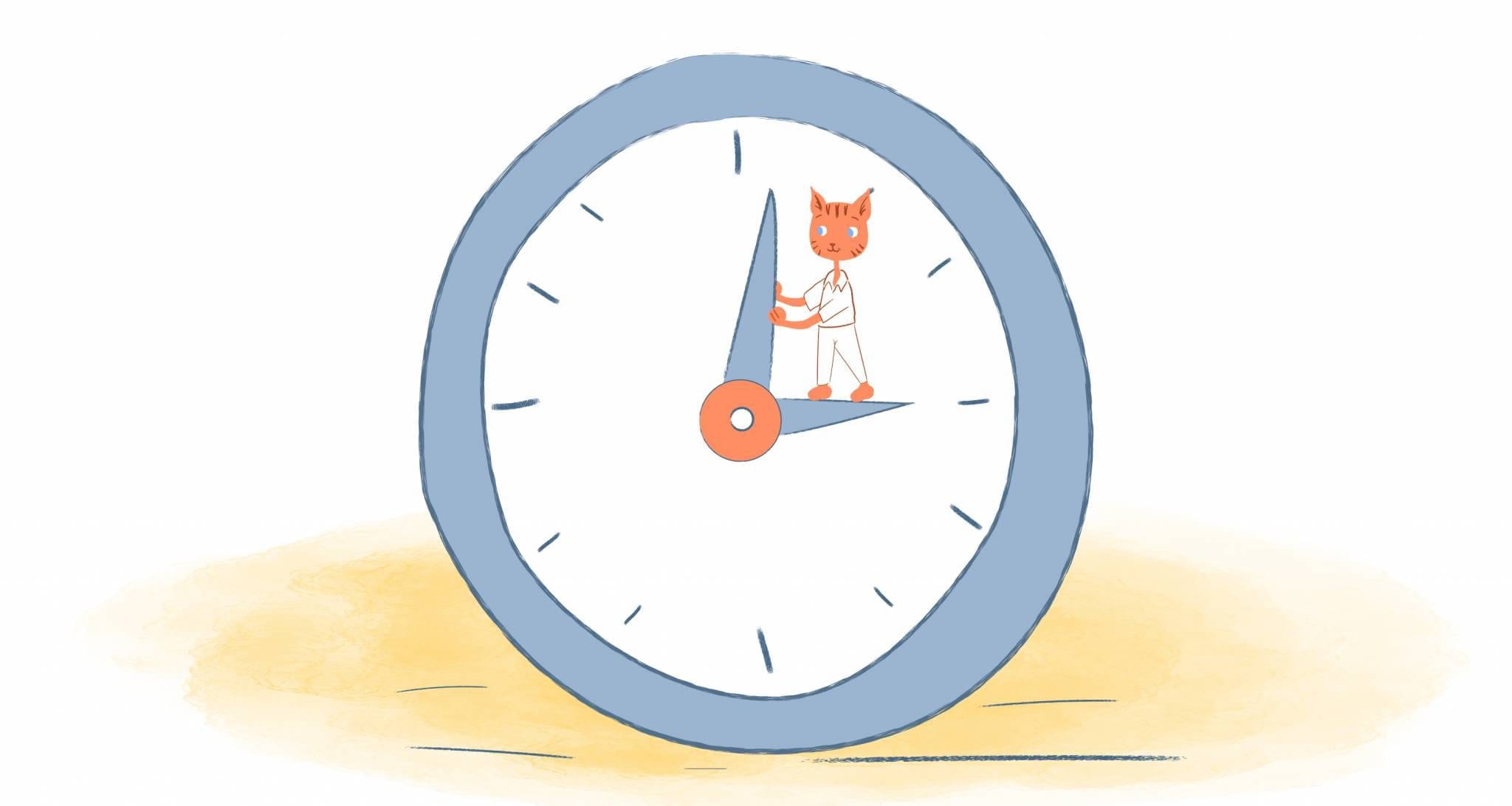

Ah, the corner office: your own private space to think and focus, free from those distracting ruffians you dealt with on your way up the corporate ladder. Not long ago, that was the dream of a middle manager. Here is how to optimize your productivity in an open office.
The solo office is going the way of the dinosaur, replaced by distracting open offices.
In an open office, your overlords and your underlings can hear you — and see you. And often, so can the clients. You must perform all the stressful, complex tasks of your job without your precious peace and quiet.
So how on earth do you make this work? Glad you asked, future billionaire business leader! Here are a few common-sense guidelines to help an open office achieve higher productivity. While these concepts won’t guarantee success, if something is off, maybe reviewing a few will tip the scales.
1. Understand how burnout and decision fatigue affect productivity.
Productivity falls when workers are unhappy. Minor issues like a hangover, traffic jam, or justified after-work criticism can hurt productivity a little. Continuous internal issues like depression and anxiety hurt productivity a lot.
What makes workers anxious and depressed? Burnout and feeling trapped. The mental and emotional health of employees must be a strong emphasis in any work environment, but especially in an open office. Too much work affects the brain in significant ways, just like prolonged insomnia. Over time, the picture can get ugly.
An open office involves substantial information sharing — even when you don’t want the information shared. Having too many things to think about leads to decision fatigue. High-ranking leaders with considerable choices to make combat this in striking ways: President Obama, for example, had someone layout a suit for him every morning. Why? So he didn’t have to choose what to wear while making all those, you know, Presidential decisions.
We’ve all seen the orange t-shirt of Mark Zuckerberg. He was copying President Obama.
Let that be a lesson: Your team members need to save their mental space for what matters. The typical employee doesn’t have the resources of the President.
2. Hire the right manager.
What’s a typical office manager? Probably an aggressive extrovert? Harrying newbies and laggards. Getting the job done, minor consequences be damned. Well, times have changed, and the best managers have moved on from this antiquated scenario.
Sure, business is a hustle. But the ideal open office manager needs to balance drive with compassion. Empathy, not ego, delivers results.
The right open office manager knows how to delegate while also working hard herself. She’s close to the people who report to her, both spatially and emotionally. She keeps personal commentary and rumor to a minimum. Respect must be a table-stakes part of the culture.
An open office requires careful consideration of others. The manager must plan breaks with others’ workflows in mind, convey information quickly and quietly, and model good work habits.
The right leader knows management is like friction: a little is necessary, but constant meetings and micromanagement bring things grinding to a halt.
3. Hire the right employees.
While bubbly extroverts are the more obvious choice for an open office, it behooves a business to have a mix of personalities in a group setting. Different folks will bring different ideas to the table, which is why more diverse companies bring in more money.
Although many hiring managers are won over by a smile and a smart personality, what matters more are motivation, reliability, and curiosity. It’s easier to teach a curious, dependable person to be a little more outgoing than it is to teach an unreliable extrovert to become more reliable and inquisitive.
While an introvert might struggle for a while in an open office, there’s no escape for the unreliable or the incurious. It’s right in everyone’s face.
4. Give employees structured freedom and trust.
Employees in open offices already feel pressure due to the immediate presence of colleagues. There’s no need to add to it by breathing down their necks.
Take the pressure off whenever possible. It’s methods, not ultimatums, that make employees more productive. While a well-run open office implies less structure in several ways – fewer meetings, less authoritative leadership, more information sharing – give employees some structure. Daily routines are essential for wellbeing as well as productivity.
Incentivize greater productivity with rewards. Punishment is not only uncalled for but also ineffective when workers are doing their best despite the distractions of an open office.
Do give workers some latitude to work as they want. Explore a flexible schedule that includes a typical work window to allow employees to set their most productive working hours. A good manager can suggest routines from their own experience that might make sense for others.
5. Allow as many breaks as needed — in a separate room.
Workers need the freedom to take mental rests, but is a break at your desk a break? Because they aren’t doing work at their workstation, it can make them feel lazy or guilty.
Using the workspace for breaks also promotes inefficiency. Mixing work with personal tasks like eating, watching YouTube videos, and taking personal calls is not a smart idea.
Encourage workers to change it up. Have employees leave personal belongings in a break room to access whenever they need. Tell them about ultradian rhythms, particularly the fact that energy peaks typically last 60-90 minutes. Driven workers will aim for more than 90 minutes of productivity before a ten-minute break.
The open office is an open invitation — to collaborate, yes, but also to distract. Be respectful and avoid placing unnecessary pressure on people who are already struggling to focus. Build a workspace that works for everybody, and maybe you’ll stop dreaming about that corner office after all.











Max Palmer
I'm Max, and I love helping businesses we work with expand their businesses online. Growth potential is what we strive for! I help with press, productivity and overall business needs for business owners.